- Home
- TV History
- Network Studios History
- Cameras
- Archives
- Viewseum
- About / Comments
Skip to content
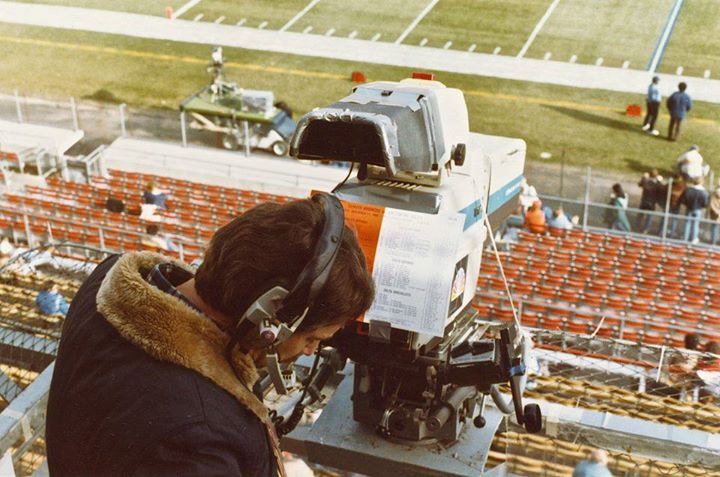

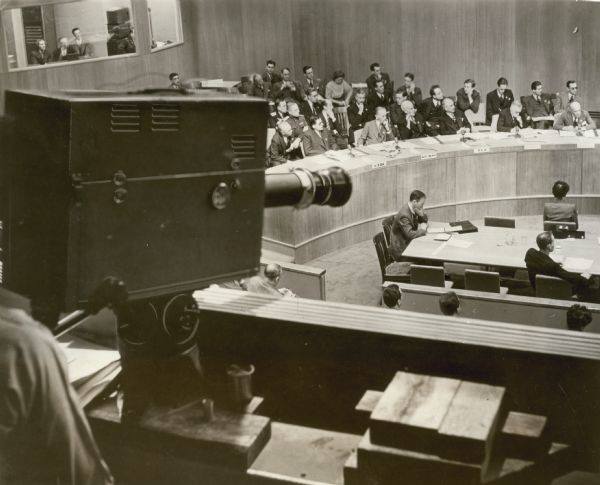



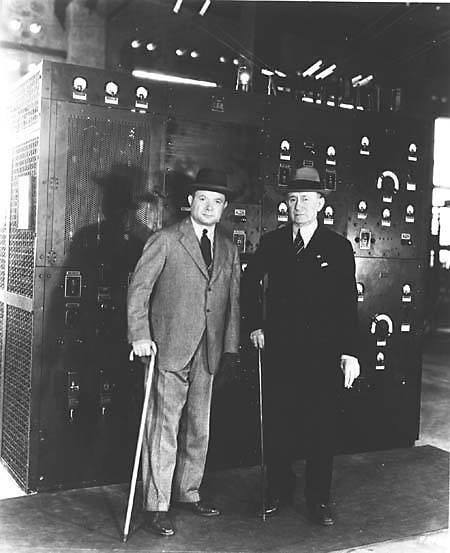

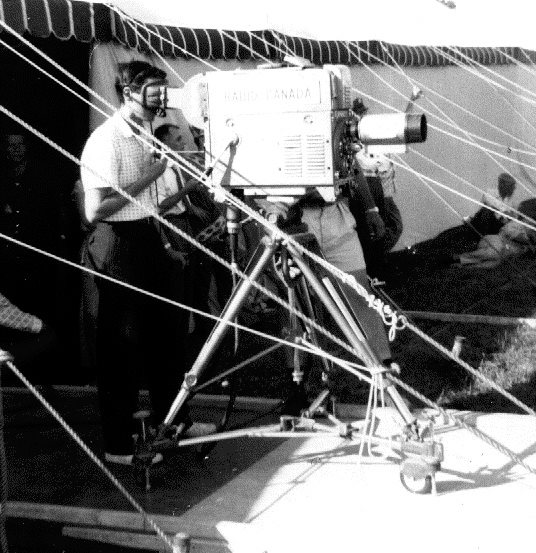

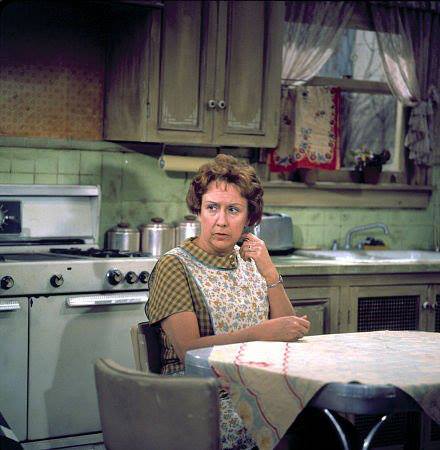



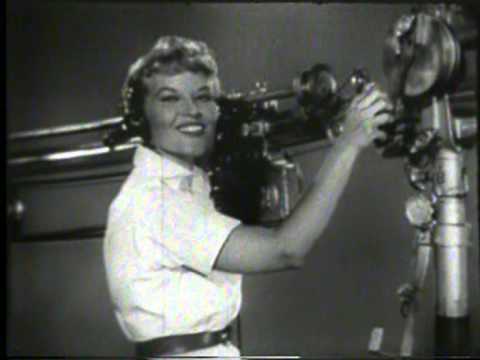

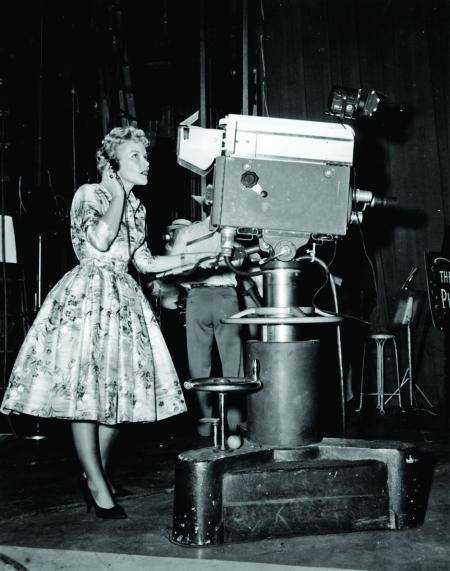

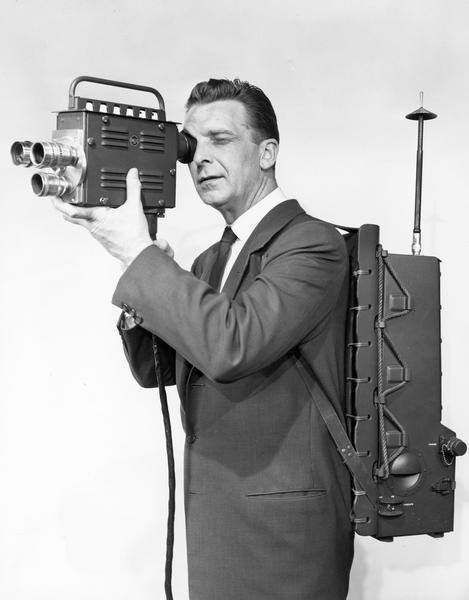

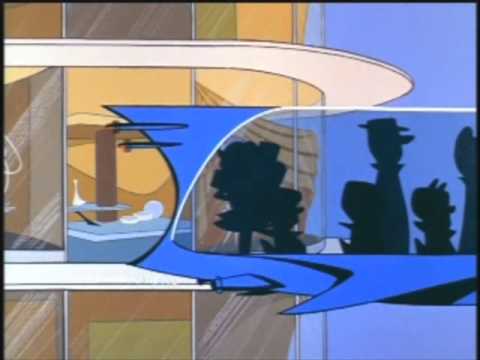

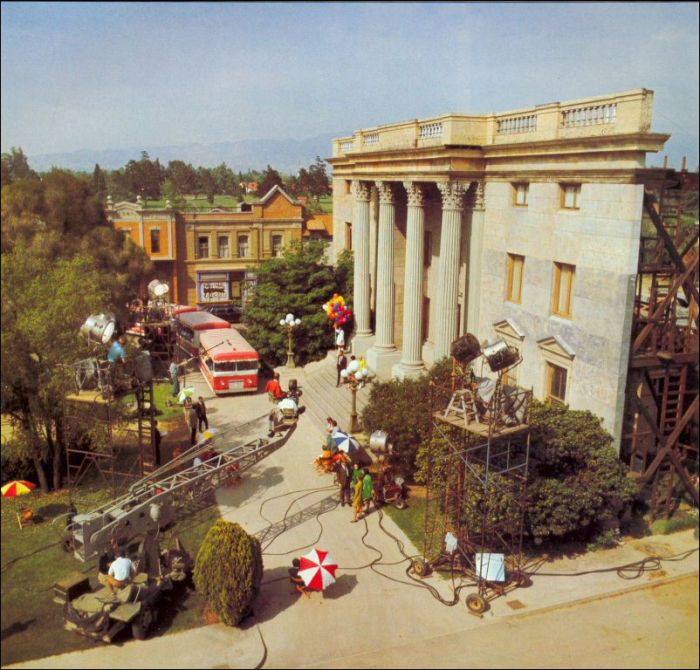

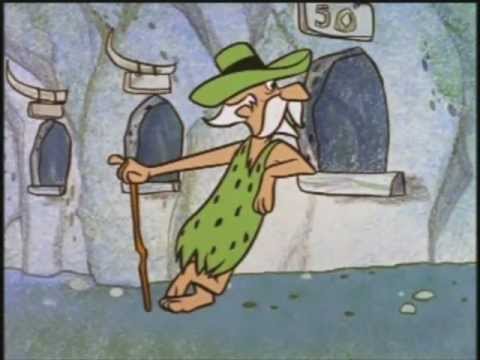

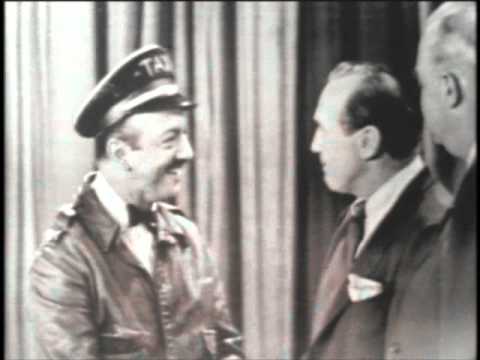

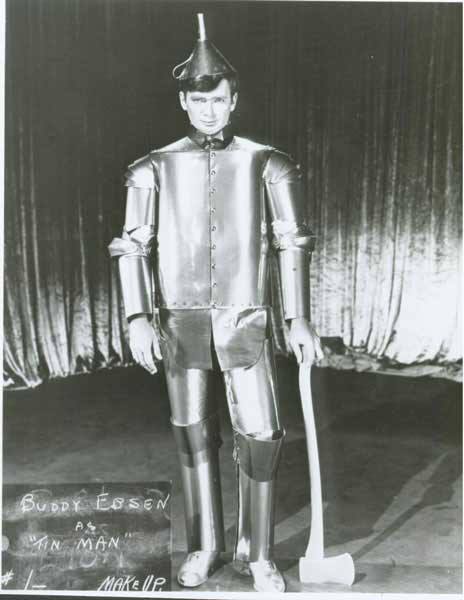

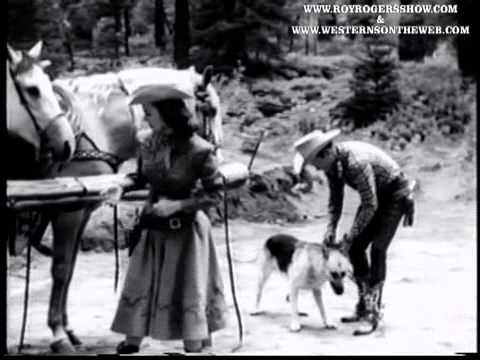

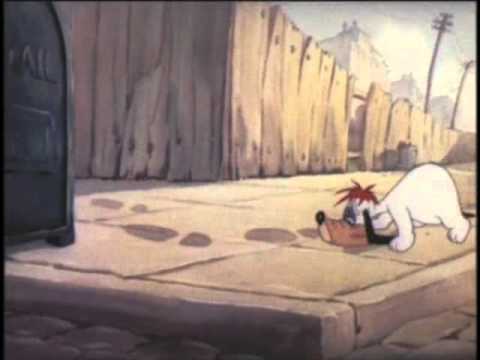

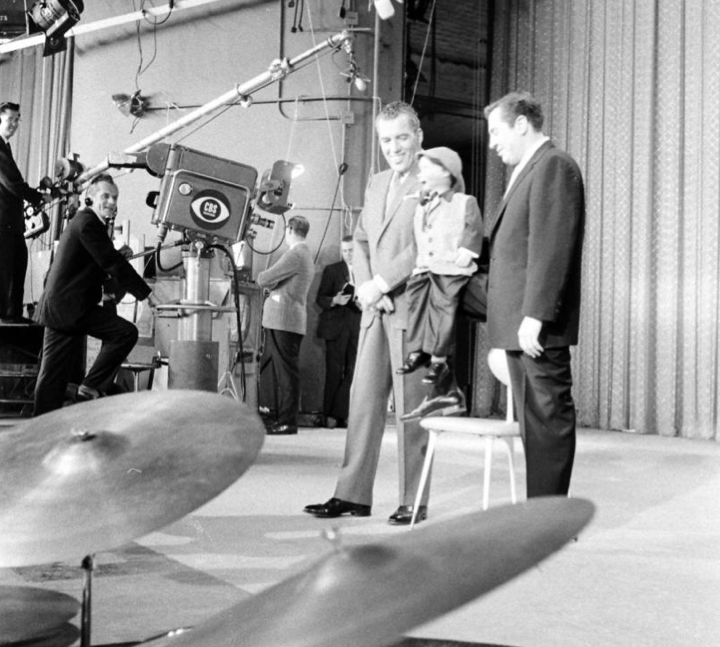

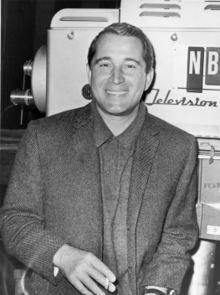

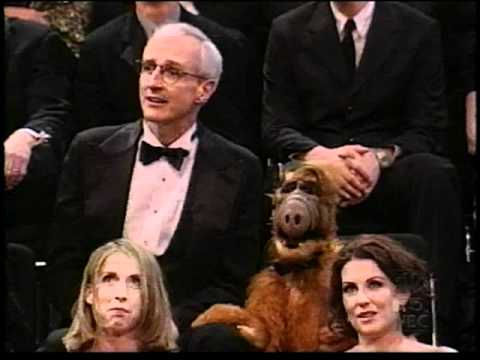

Posts in Category: TV History
Page 112 of 136
« Previous
1
2
3
4
5
6
7
8
9
10
11
12
13
14
15
16
17
18
19
20
21
22
23
24
25
26
27
28
29
30
31
32
33
34
35
36
37
38
39
40
41
42
43
44
45
46
47
48
49
50
51
52
53
54
55
56
57
58
59
60
61
62
63
64
65
66
67
68
69
70
71
72
73
74
75
76
77
78
79
80
81
82
83
84
85
86
87
88
89
90
91
92
93
94
95
96
97
98
99
100
101
102
103
104
105
106
107
108
109
110
111
112
113
114
115
116
117
118
119
120
121
122
123
124
125
126
127
128
129
130
131
132
133
134
135
136
Next » RCA TK760
On June 13, 2013
- TV History
RCA TK760
This camera is basically an RCA TK76 ENG camera and was introduced in 1977 as a field and studio camera. Before there were large lens adaptor and large viewfinder adapters, this is how it was done. This photo was taken at Denver’s Mile High Stadium in 1978 as NBC prepares for a Broncos football game. Thanks to David Crosthwait for the picture.
Early UN Security Council Meeting, 1946
On June 11, 2013
- TV History
Early UN Security Council Meeting, 1946
Around the middle of 1946, the newly founded United Nations set up facilities at the Sperry Corporation building in Lake Success, NY. That was their HQ till the UN building was completed in NYC in 1952. This RCA Orthicon camera was used to televise the first Security Council meeting held in the US. The first was held in London in 1945 when the UN charter was written.


Vladimir Zworykin’s Last Interview
On June 9, 2013
- TV History
Vladimir Zworykin’s Last Interview: By Steve North
Thanks to CBS Morning News writer Steve North for sending this article he recently wrote for The Huffington Post. Steve’s visit with the legendary Dr. Zworykin actually occurred in 1981 but is revisited here in intimate detail and reveals an interesting personal side. As it turned out, this was his last interview and we thank Steve for sharing this. Enjoy!
http://www.huffingtonpost.com/steve-north/vladimir-zworykin_b_2852863.html
Channeling the Father of Television
Despite the fuzzy and complex history of TV’s creation, it seems reasonable to say that the contributions of both Farnsworth and Zworykin were key. And when I arrived at Zworykin’s tree-shaded home in Princeton on a warm July day in 1981, I let him tell the story.
Marconi And Sarnoff
On June 6, 2013
- TV History
Marconi & Sarnoff
Below is Guglielmo Marconi, the father of wireless communication (right) with David Sarnoff. Sarnoff began as a wireless operator for the Marconi Wireless Company and gained national attention when, for seventy-two hours, he reportedly relayed the names of survivors of the Titanic. This may or may not be true.
David Sarnoff was born to a Jewish family in Uzlyany, a small town in Belarus, to Abraham and Leah Sarnoff. Abraham Sarnoff emigrated to the United States and raised funds to bring the family. Sarnoff spent much of his early childhood in a cheder studying and memorizing the Torah. He immigrated with his mother and three brothers and one sister to New York City in 1900, where he helped support his family by selling newspapers before and after his classes at the Educational Alliance. In 1906 his father became incapacitated by tuberculosis, and at age 15 Sarnoff went to work to support the family. He had planned to pursue a full-time career in the newspaper business, but a chance encounter led to a position as an office boy at the Commercial Cable Company. When his superior refused him unpaid leave for Rosh Hashanah, he joined the Marconi Wireless Telegraph Company of America on September 30, 1906, and started a career of over 60 years in electronic communications.
Over the next 13 years Sarnoff rose from office boy to commercial manager of the company, learning about the technology and the business of electronic communications on the job and in libraries. He also served at Marconi stations on ships and posts on Siasconset, Nantucket and the New York Wanamaker Department Store. In 1911 he installed and operated the wireless equipment on a ship hunting seals off Newfoundland and Labrador, and used the technology to relay the first remote medical diagnosis from the ship’s doctor to a radio operator at Belle Isle with an infected tooth. The following year, he led two other operators at the Wanamaker station in an effort to confirm the fate of the Titanic.
Sarnoff falsely advanced himself both as the sole hero who stayed by his telegraph key for three days to receive information on the Titanic’s survivors and as the prescient prophet of broadcasting who predicted the medium’s rise in 1916.
Regarding the Titanic story, some modern media historians question whether Sarnoff was at the telegraph key at all. As the profile done for the Museum of Broadcast Communications correctly points out,[2] by the time of the Titanic disaster in 1912, Sarnoff was in management, and no longer a telegrapher; plus, the event occurred on a Sunday, when the store would have been closed. Regarding the “radio music box” prediction, the memo he allegedly wrote making that claim has never been found, but Louise Benjamin, the author of the 1993 article which expressed skepticism about it has since back-tracked somewhat. She and the curator of Sarnoff’s papers found a previously mis-filed 1916 memo that did mention Sarnoff and a “radio music box scheme” (the word “scheme” in 1916 usually meant a plan); Benjamin wrote a follow-up article about Sarnoff and the radio music box in 2002.
Over the next two years Sarnoff earned promotions to chief inspector and contracts manager for a company whose revenues swelled after Congress passed legislation mandating continuous staffing of commercial shipboard radio stations. That same year Marconi won a patent suit that gave it the coastal stations of the United Wireless Telegraph Company. Sarnoff also demonstrated the first use of radio on a railroad line, the Lackawanna Railroad Company’s link between Binghamton, New York, and Scranton, Pennsylvania; and permitted and observed Edwin Armstrong’s demonstration of his regenerative receiver at the Marconi station at Belmar, New Jersey. Sarnoff used H. J. Round’s hydrogen arc transmitter to demonstrate the broadcast of music from the New York Wanamaker station.
This demonstration and the AT&T demonstrations in 1915 of long-distance wireless telephony inspired the first of many memos to his superiors on applications of current and future radio technologies. Sometime late in 1915 or in 1916 he proposed to the company’s president, Edward J. Nally, that the company develop a “Radio Music Box” for the “amateur” market of radio enthusiasts. Nally deferred on the proposal because of the expanded volume of business during World War I. Throughout the war years, Sarnoff remained Marconi’s Commercial Manager, including oversight of the company’s factory in Roselle Park, New Jersey.
Unlike many who were involved with early radio communications, viewing radio as point-to-point, Sarnoff saw the potential of radio as point-to-mass. One person (the broadcaster) could speak to many (the listeners).
When Owen D. Young of the General Electric Company arranged the purchase of American Marconi and turned it into the Radio Corporation of America, a radio patent monopoly, Sarnoff realized his dream and revived his proposal in a lengthy memo on the company’s business and prospects. His superiors again ignored him but he contributed to the rising postwar radio boom by helping arrange for the broadcast of a heavyweight boxing match between Jack Dempsey and Georges Carpentier in July 1921. Up to 300,000 people heard the fight, and demand for home radio equipment bloomed that winter.
By the spring of 1922 Sarnoff’s prediction of popular demand for broadcasting had come true, and over the next eighteen months, he gained in stature and influence.
In 1926, RCA purchased its first radio station (WEAF, New York) and launched the National Broadcasting Company (NBC), the first radio network in America. Four years later, Sarnoff became president of RCA. NBC had by that time split into two networks, the Red and the Blue. The Blue Network later became ABC Radio. Sarnoff was sometimes inaccurately referred to later in his career as the founder of both RCA and NBC, but he was in fact neither.
Sarnoff was instrumental in building and established the AM broadcasting radio business which became the preeminent public radio standard for the majority of the 20th century. This was until FM broadcasting radio re-emerged in the 1960s despite Sarnoff’s efforts to suppress it during the 1930s and 1940s.
The Marconi Mark II…
On June 6, 2013
- TV History
The Marconi Mark II…Naked
Since I’ve posted a ‘cloaked’ Mark II below, I felt it only proper to show the fine looking camera in all it’s glory here. If you notice a marked resemblance to the RCA TK30, there is a reason for that. Although a bit taller than the TK30, it is in many ways the same camera as RCA shared the design with Marconi by selling them the rights to use the design starting with the Mark I. The reason why is in the post above titled “Maroni & Sarnoff”.
In Memory Of The World’s Favorite “Dingbat”…Jean Stapleton
On June 2, 2013
- TV History
In Memory Of The World’s Favorite “Dingbat”…Jean Stapleton
ABC, 1980 Election Coverage
On June 1, 2013
- TV History
ABC, 1980 Election Coverage
Seems a lot of the Ikegami HK 312s have ladies operating them.
http://www.youtube.com/watch?v=smHM4Inl62I&list=PL4023E734DA416012
Channel 7 Eyewitness News (WABC-TV) Political Correspondent Roger Sharp takes viewers behind the scenes of ABC’s 1980 Election Night coverage.
VERY COOL! Patti Page Promo…1958 Patti is behind the camera
On May 31, 2013
- TV History
VERY COOL! Patti Page Promo…1958
Patti is behind the camera and on the boom, and more! Enjoy!
Patti Page…The Singin Rage!
On May 31, 2013
- TV History
Patti Page…The Singin Rage!
Here’s a publicity photo for ‘The Patti Page Oldsmobile Show’ that aired on ABC in 1958. I think this originated at the ABC Prospect Studios in Los Angeles. The camera is an RCA TK10.
RCA Wireless Mini Camera: 1956
On May 29, 2013
- TV History
RCA Wireless Mini Camera: 1956
In a publicity photo for 1956 convention coverage, NBC’s Chet Huntley poses with the “Walkie-Lookie” camera, a miniature wireless vidicon camera designed for coverage of the 1952 political conventions.
Famous Cartoon Voice Actors In Live Action Films: Part 5 of 5
On May 28, 2013
- TV History
Famous Cartoon Voice Actors In Live Action Films: Part 5 of 5
As a cartoon voice actor myself, I find it fascinating to see what the people behind the characters look like, and hope you will too.
Bob Bruce Frequent narrator in WB Cartoons in the 40s
Howard McNear character actor Flintstones and Floyd the barber on Andy Griffith
Penny Singleton Jane Jetson
Kenny Delmar Commander McBragg, a Jay Ward cartoon
http://www.youtube.com/watch?NR=1&v=ZK5mx0uvHyA&feature=endscreen
The fifth and possibly last of our exciting series on famous cartoon voice actors. This installment features players who were all also famous radio personali…
You Mean It Wasn’t A Real Building?
On May 27, 2013
- TV History
You Mean It Wasn’t A Real Building?
Here’s the Hill Valley courthouse from ‘Back To The Future’ as it really was…just a facade on Universal’s “courthouse square” back lot.
Famous Cartoon Voice Actors In Live Action Films: Part 4 of 5
On May 27, 2013
- TV History
Famous Cartoon Voice Actors In Live Action Films: Part 4 of 5
As a cartoon voice actor myself, I find it fascinating to see what the people behind the characters look like, and hope you will too.
Wally Maher, as Screwball Squirrel
June Foray, as Rocky and many other voices on Rocky and Bullwinkle
Hal Smith, as Flintstones character voice also, Otis on Andy Griffith
Paul Frees, as Boris of Boris and Natasha on Bullwinkle
Elvia Allman, as Granny in Warner Brothers cartoon…the ”Instructor’ in the famous Lucy chocolate store scene
Julie Bennett, as character voice in Fractured Fairy tales Bullwinkle
David Seville, as Alvin and The Chipmunks
http://www.youtube.com/watch?NR=1&v=ZR6q33FNGhA&feature=endscreen
The long anticipated fourth installment of our series on famous cartoon voices, features the following artists who were known not only for cartoon work, but …
Famous Cartoon Voice Actors In Live Action Films: Part 3 of 5
On May 26, 2013
- TV History
Famous Cartoon Voice Actors In Live Action Films: Part 3 of 5
As a cartoon voice actor myself, I find it fascinating to see what the people behind the characters look like, and hope you will too.
Bea Benaderet, as Betty Rubble on The Flintstones! Listen for the “Betty” laugh in her spot on Jack Benny
Mel Blanc, as Bugs Bunny and as a guest on Flintstones as Barney’s alter ego
Arnold Stang, as the voice of Top Cat
John Stephenson, as Rock Quarey character on The Flintstones
Walter Tetley, as Sherman on Bullwinkle’s ‘Mr Peabody and Sherman’
http://www.youtube.com/watch?v=zoF__Y6gTRg
Ever wonder what the actors who voice your favorite cartoon characters really look like? Well, here’s your chance to find out in this three part compilation …
The Original ‘Tin Man’…Buddy Ebsen
On May 25, 2013
- TV History
The Original ‘Tin Man’…Buddy Ebsen
In the classic 1939 movie ‘The Wizard of Oz’, the Tin Man was played by actor Jack Haley after Buddy Ebsen got sick from the makeup. The Tin Man’s makeup originally contained aluminum powder which got into Ebsen’s lungs, bringing him to the edge of death. A safer paste was devised for his replacement and they all lived happily ever after.
Episode 1, Season 1, ‘The Roy Rogers Show’
On May 25, 2013
- TV History
Episode 1, Season 1, ‘The Roy Rogers Show’
This is the first ever episode of the TV classic and it aired on NBC as 6:30 (ET) Sunday night, December 30, 1951. The series ran one hundred new episodes on NBC for six seasons and ended on June 9, 1957. Beginning in 1961, CBS broadcast reruns of The Roy Rogers Show for three and a half seasons on Saturday mornings. Reruns also aired in France in 1962.
Famous Cartoon Voice Actors In Live Action Films: Part 2 of 5
On May 25, 2013
- TV History
Famous Cartoon Voice Actors In Live Action Films: Part 2 of 5
As a cartoon voice actor myself, I find it fascinating to see what the people behind the characters look like, and hope you will too. Bryan, Nelson and Thompson’s famous stage voices make them perfect cartoon voice actors for occasional and regular characters.
Arthur Q. Bryan, as Elmer Fudd
George O’Hanlon, as George Jetson
Frank Nelson, as a Flintstones character
Bill Thompson, as Droopy the dog
Hans Conried, as Snidely Whiplash on Dudley Doright
Julie Bennett, as utility voice on Bullwinkle
http://www.youtube.com/watch?v=qnOLkc8uY6I
Ever wonder what the actors who voice your favorite cartoon characters really look like? Well, here’s your chance to find out in this three part compilation …
Sullivan…Most Frequent Guests List
On May 23, 2013
- TV History
Sullivan…Most Frequent Guests List
Below is ventriloquist Rickie Layne and his friend Velvel in one of his 39 appearances on ‘The Ed Sullivan Show’. In the background is “Ed’s cameraman”, George Moses with a TK11.
For twenty three years The Ed Sullivan Show featured over 10,000 performers from music, comedy, sports, novelty, film and many other genres. Who appeared on The Ed Sullivan Show the most number of times? Here is a short list of some of the most frequent guests on The Ed Sullivan Show.
-The Canadian slapstick comedy team Wayne & Shuster were on The Ed Sullivan Show the most times with 58 performances.
-The little puppet mouse Topo Gigio appeared 50 times.
-The multi-talented Jack Carter made 49 appearances on The Ed Sullivan Show.
-American coloratura soprano Roberta Peters was on the show 41 times.
-Comedian Myron Cohen made 43 appearances.
-Ventriloquist Rickie Layne and his dummy Velvel, made 39 appearances on The Ed Sullivan Show.
-Actor and comedian Alan King appeared 37 times.
-Husband and wife comedy team Stiller and Meara were on Sullivan 36 times.
-Pop singer Connie Francis appeared 26 times.
-Jim Henson’s Muppets and The Kim Sisters were on the show 25 times.
-The Italian romantic tenor Sergio Franchi and comedian Vistor Borge each appeared 24 times
-The beautiful Jane Morgan – 24 Ed Sullivan Show appearances
-Pearl Bailey, Senor Wences and Richard Hearne – 23 Ed Sullivan Show appearances
-The McGuire Sisters – 22 Ed Sullivan Show appearances
-Shelley Berman, Dewey “Pigmeat” Markham, Smith and Dale, and The Harvest Moon Dancers- 21 Ed Sullivan Show appearances
-The Ames Brothers, Totie Fields, George Kirby, Jackie Mason, Joan Rivers and Kate Smith – 20 Ed Sullivan Show appearances
-Marian Marlowe & Nancy Walker – 19 Ed Sullivan Show appearances
-Singer Patti Page and the unforgettable Louis Armstrong graced The Ed Sullivan Show audiences on 18 occasions.


Pierino Ronald “Perry” Como (May 18, 1912 – May 12, 2001)
On May 22, 2013
- TV History
Pierino Ronald “Perry” Como (May 18, 1912 – May 12, 2001)
Perry Como had a career spanning more than half a century. He recorded exclusively for the RCA Victor label after signing with them in 1943. “Mr. C.”, as he was nicknamed, sold millions of records for RCA and pioneered a weekly musical variety television show, which set the standards for the genre and proved to be one of the most successful in television history. Como was seen weekly on television from 1949 to 1963, then continued hosting the Kraft Music Hall variety program on a monthly basis until 1967. His television shows and seasonal specials were broadcast throughout the world. Como’s record sales were so high the label literally stopped counting at Como’s behest.
Perry Como made the move from radio to television when NBC initially televised the Chesterfield Supper Club radio program on December 24, 1948. The experimental simulcast was to continue for three Friday “Supper Club” shows, but had gone so well, NBC decided to extend the televised version through August 1949. On September 8, 1949, it became a weekly half-hour offering on Sunday nights, directly opposite Ed Sullivan’s Toast of the Town.
In 1950, Perry moved to CBS and the show’s title was changed to The Perry Como Chesterfield Show. Como hosted this informal 15 minute musical variety series on Monday, Wednesday and Friday, immediately following the CBS Television News. The Faye Emerson Show was initially broadcast in the same time slot on Tuesday and Thursday.
Como’s CBS contract was to expire on July 1, 1955. The year before, he had been asked to be the master of ceremonies and narrator of the NBC Radio 35th anniversary special. That April, Perry Como signed a 12 year “unbreakable” contract with NBC.
He moved back to NBC with a weekly hour long variety show featuring additional musical and production numbers, comedy sketches and guest stars called The Perry Como Show, premiering Saturday, September 17, 1955. This version of his show was also so popular that in the 1956 – 1957 television season, it reached ninth in the Nielsen ratings, the only show on NBC that season to land in the top ten.
Perry’s announcer on the broadcasts, Frank Gallop, became a foil for Como’s jokes. When the television show began, there was not enough room for Gallop to appear on stage; he was an invisible “voice from the clouds” until the show’s 1958 – 1959 season. There was as much fun at rehearsals as on the show itself. Como’s relaxed and fun-loving manner at rehearsals put many nervous guests at ease. It was common for Como to leave the Saturday afternoon rehearsal for about a half-hour to go to confession. He managed to save some time by asking his music publisher, Mickey Glass, to wait in line for him at the confessional. Glass, who was Jewish, was most agreeable to this, but wondered what to do if his turn came before Como arrived.
NBC 75th Anniversary Opening
On May 22, 2013
- TV History
NBC 75th Anniversary Opening
This short clip is a lot of fun, but the number of famous faces in the crowd is just amazing! Enjoy!
http://www.youtube.com/watch?v=SnE1sXCVgxc
Kelsey Grammer’s segment of the NBC 75th Anniversary Special.
Page 112 of 136
« Previous
1
2
3
4
5
6
7
8
9
10
11
12
13
14
15
16
17
18
19
20
21
22
23
24
25
26
27
28
29
30
31
32
33
34
35
36
37
38
39
40
41
42
43
44
45
46
47
48
49
50
51
52
53
54
55
56
57
58
59
60
61
62
63
64
65
66
67
68
69
70
71
72
73
74
75
76
77
78
79
80
81
82
83
84
85
86
87
88
89
90
91
92
93
94
95
96
97
98
99
100
101
102
103
104
105
106
107
108
109
110
111
112
113
114
115
116
117
118
119
120
121
122
123
124
125
126
127
128
129
130
131
132
133
134
135
136
Next »